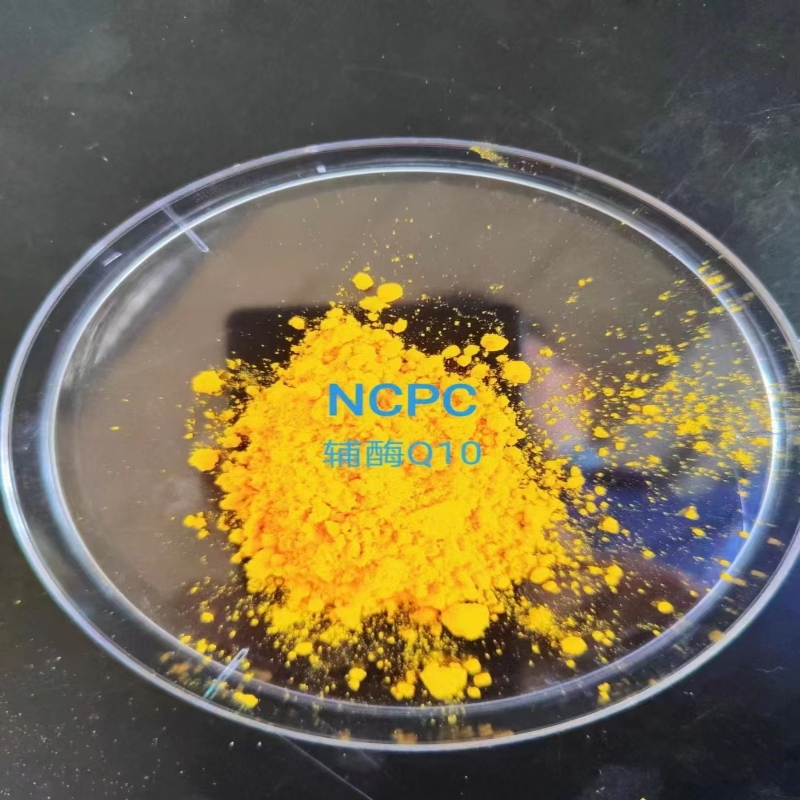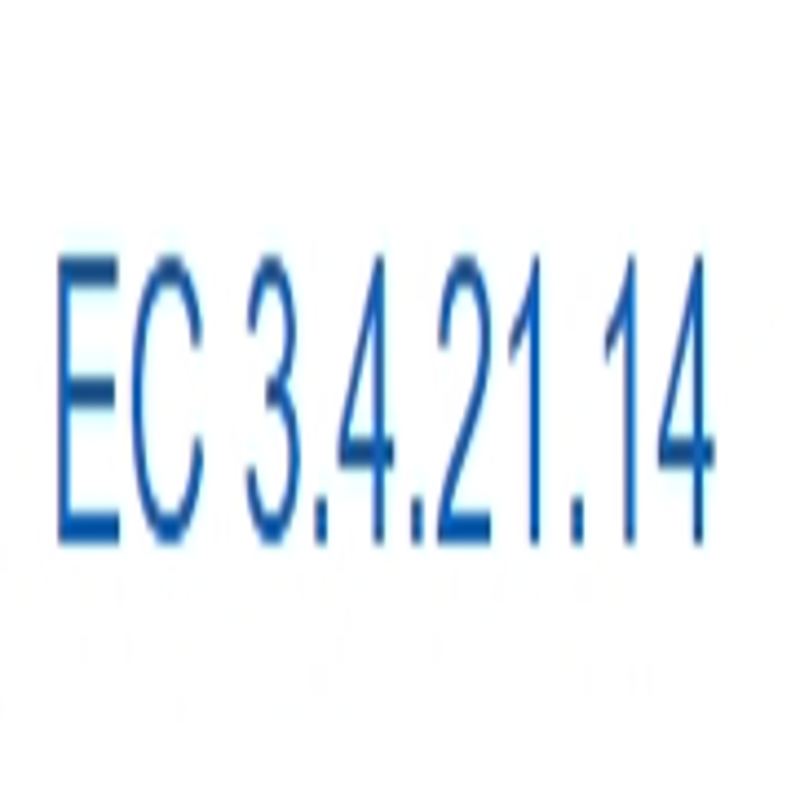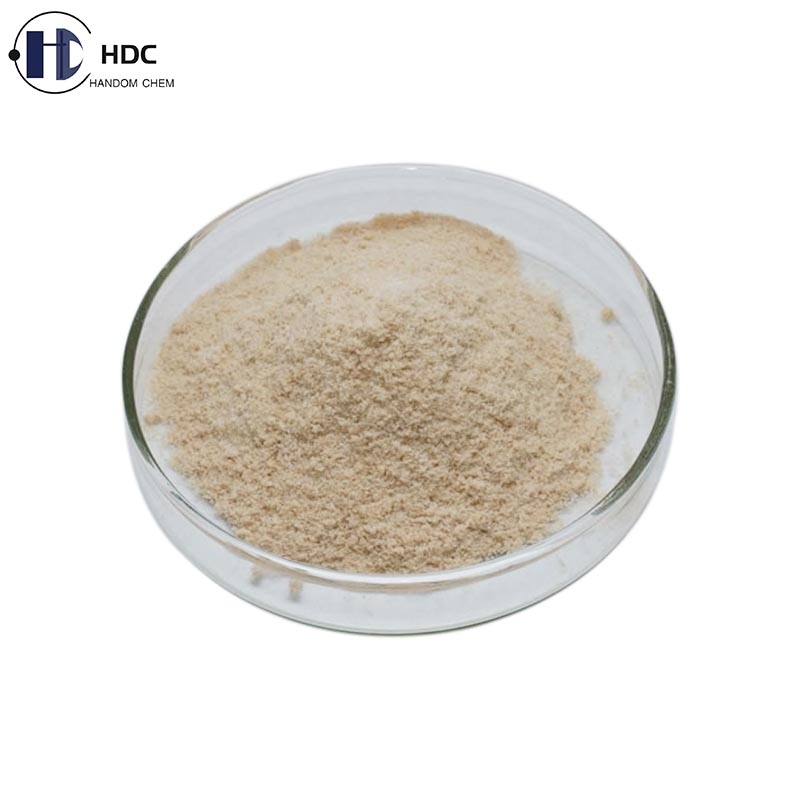Development trend of detection technology and standard of host residual DNA in biological preparations
-
Last Update: 2015-05-25
-
Source: Internet
-
Author: User
Search more information of high quality chemicals, good prices and reliable suppliers, visit
www.echemi.com
Series 1 Changes in the detection standard of residual DNA in biological products at the end of March 2015, a new product named 410001 was added to the national drug standard substances catalogue on the website of CFDA: Cho host cell DNA residual detection kit (PCR fluorescence probe method) This kit, jointly developed by the Chinese Academy of inspection and the Chinese Academy of Sciences, and calibrated by Biopharmaceutical Enterprises, is synchronous with the detection method recommended by the current USP However, it is different from the determination method of exogenous DNA residues in the appendix of 2010 Pharmacopoeia, which may have an impact on the upstream and downstream enterprises in the research and development and production of domestic biological products The residual DNA of host cells in biological products has the potential risk of tumorigenesis and infection, so the drug regulatory authorities in various countries have very strict requirements on the limit of DNA impurities The USP introduces three common technologies in the general chapter, but a new chapter will be added to the new version (usp38-nf33) issued in 2015 to further standardize the methods and reference materials for residual DNA detection Different from the chapters above No 1000, the chapters within USP No 1000 specify the detection technology, system adaptability standards and reference materials in detail In the new USP, qPCR will be the only method recommended as the standard method for residual DNA in biological products QPCR has the advantages of high sequence specificity, high sensitivity and good reproducibility, which can provide reliable detection means for biopharmaceutical industry in process research and product quality control According to the standards of who, FDA and EU, China began to limit the content of residual DNA in biological products a long time ago From the "key points of quality control of recombinant DNA products for human use" issued by the Ministry of health to the "Chinese Biological Products Regulations" in recent years, DNA content is strictly required, and some standards are higher than international standards The appendix of 2010 edition of Chinese Pharmacopoeia contains the Dan probe hybridization method and fluorescent dye method, both of which have technical defects and are difficult to reach the sensitivity of impurity limit detection, and have been abandoned by European and American Pharmacopoeia At present, many domestic enterprises still use these two methods to detect residual DNA, which makes the production process and product quality difficult to reach the world-class level According to the development trend of residual DNA detection technology, it is predicted that qPCR will appear in Chinese pharmacopoeia or supplement edition 2015 In production and R & D, the enterprise adopts the complete set of kits provided in the catalogue of reference materials of the Chinese Academy of inspection, which can greatly reduce the time-consuming, labor-consuming and costly methodology investigation With only a few method adaptability experiments, it can play a practical role in the optimization of production process and quality control system, and meet the requirements of relevant FDA standards At the same time, Huzhou nutrition center of Chinese Academy of Sciences, a joint research and development unit, provides free technical consultation and training to help enterprises solve various technical problems in the application of kits Biological products can be used to treat and prevent diseases, which is related to the drug safety of patients and healthy people The quality of products must be guaranteed China's drug regulatory authorities are very strict in the formulation of the limit standards for residual DNA in biological products, but the revision of Pharmacopoeia lags behind, and there is still a gap between the detection technology in the appendix and the advanced countries Enterprises should have a certain foresight in research and development and production, otherwise the efforts to improve the process, quality and safety will be greatly reduced Series 2 Why detect residual DNA? Biologics is the fastest growing field in the pharmaceutical industry In 2014, 7 of the top 10 best-selling drugs in the world were biologics The sales of these heavy bombs in clinical efficacy is accurate, but the cost of research and development is high, production and quality control requirements are very strict Most biological preparations enter the body directly without passing through the gastrointestinal tract, so in addition to biological activity, the regulatory authorities have very strict requirements on the limit of impurities in drugs Among them, the residual DNA of host cells has been the focus of drug regulatory agencies at home and abroad because of its special potential safety risks USP will organize a special group to discuss and revise the detection method of residual DNA in biological products since 2011, and announced on the 2014 prescription / non prescription holder Forum meeting 5 that a new chapter will be added to the 2015 revised Pharmacopoeia to regulate the detection method and standard substances Why the USP expert group spent several years discussing one of the three methods Hybridization based: in this method, DNA probes are designed according to the host DNA sequence to determine the number of paired DNA in the product Double strand DNA was modified into single strand and fixed on nylon membrane or nitrocellulose membrane After DNA probe was randomly labeled by radiation or fluorescence, it hybridized with the sample host DNA fixed on the membrane and showed spots in the corresponding positions of the film or imager For fluorescence labeled probes, the optical density results of the spots can be quantitatively analyzed in the instrument The spot optical density corresponds to the number of probes attached to the target DNA, and then the number of residual DNA can be inferred The residual DNA in the sample can be detected semi quantitatively by the visual method, and the standard curve can be drawn corresponding to the spot optical density by the instrument reading, so the corresponding detection result is more accurate DNA binding protein-based: this method uses DNA binding protein and DNA antibody to detect in four steps In the first step, the DNA is transformed into single strand DNA by heating After denaturing, the DNA is mixed with DNA binding protein coupled with avidin and DNA monoclonal antibody coupled with urease The single strand DNA, DNA binding protein and DNA antibody in the liquid phase form a sequence nonspecific complex In the second step, the mixture of sample was fixed on the membrane by biotin labeled membrane, and then the non-specific adsorption was removed In the third step, the membrane is put into the detection instrument to react with the urea solution, and the reaction product ammonia changes the pH value of the solution and is recorded by the instrument This change in pH is directly related to the number of DNA in the sample In the fourth step, the instrument software automatically analyzes the original data to determine the amount of residual DNA in the sample Quantitative PCR-based: qPCR has been used in some areas of biopharmaceutical (copy number detection and virus detection) due to its fast and high-throughput characteristics This technique can determine the exact number of target DNA sequences in various samples The design of DNA probe is very important This kind of DNA probe consists of dye molecule at one end and quenching molecule at the other end When a specially designed DNA primer guides DNA polymerases to copy and synthesize another corresponding sequence along the template sequence, DNA polymerases cut the dye end of the probe that binds to the target DNA, and the dye signal released into the reaction solution is measured by the instrument After dozens of cycles of DNA amplification, the fluorescence signal corresponds to the initial DNA template, and the corresponding standard curve can accurately calculate the amount of residual DNA in the sample The appendix of USP further evaluated the three methods Hybridization can detect target DNA sequence specifically, but the 32P probe is not widely used because of its short half-life and radiation If the fluorescence labeled probe uses the instrument to read the signal, the hybridization method can theoretically achieve the sensitivity required for quantitative detection, but the detection time needs 48 hours Because the threshold method is a non-specific sequence immune detection technology of DNA antibody, it can not specifically recognize the residual DNA sequence of the host, and it is easy to be polluted by the environment and operators' DNA, resulting in high reading value QPCR has sequence specificity, sensitivity, accuracy and precision It can also be used for high-throughput screening, but it is not easy to develop a qualified Q-PCR reagent to detect the residual DNA of the host It will be questioned that DNA residue of any species should be limited in the final product to ensure safety, so is threshold method the most reasonable analysis method? We also need to emphasize the purpose of host residual DNA detection: 1 Confirm that the purification process is reasonable and can effectively remove the host DNA residue; 2 Confirm that the impurity content in the product meets the standard requirements The non-specific DNA detection results can not distinguish the DNA residue caused by production pollution, detection pollution or process defects, so it can not provide effective information for the solution In the strict production system, residual DNA detection is to solve the problem of process rationality Any problem of external pollution is solved by SOP or GMP management system Finally, the sensitivity of the classical detection methods of residual DNA is different The detection limits of qPCR, DNA binding and hybridization methods are 300 PG) respectively, which have been abandoned by European and American Pharmacopoeia DNA probe hybridization and fluorescent dye methods are included in the draft of Pharmacopoeia 2010 and pharmacopoeia 2015 (Appendix IX B determination of exogenous DNA residues) In 2009, USP in the United States included hybridization, threshold method and qPCR method By the end of 2015, USP will only include qPCR method with high sensitivity and specificity as the recommended method for residual DNA detection It can be seen that qPCR will become an internationally recognized method for the detection of residual DNA, and may also be the main revision of the next edition of pharmacopoeia in China The domestic R & D and production enterprises of biological products, as well as the upstream and downstream enterprises that produce purified fillers, should establish the host residual DNA detection system based on qPCR as soon as possible, which will be conducive to improving the process, improving the product quality, and realizing the connection with the biological drug standards of developed countries in Europe and America Series 5 The technical performance of the kit in the National Library of reference materials in order to improve the technical level of detection of host residual DNA in biological products by domestic enterprises and regulatory authorities, and to achieve the integration with international standards, the Chinese Academy of inspection, together with the Chinese Academy of Sciences, production and research and development enterprises, has developed the first domestic Cho host cell DNA residual detection kit based on qPCR technology with independent intellectual property rights In addition to routine methodology research and stability inspection, we also carried out DNA fragmentation, species specificity, versatility of different instruments, anti protein interference, performance comparison of similar products abroad, and investigated the applicability of different sample matrices to multiple domestic production enterprises and R & D enterprises in the validation test The kit, which was calibrated and verified by the national standard material CHO cell DNA, provided a complete set of reagents from sample extraction, purification to PCR detection The quantitative sensitivity reached 10fg / rxn, the DNA fragment was more than 120bp, and the recovery rate of internal standard sample addition was 70-130% (the new version of USP standard will be adjusted to 50-150%), which can be used for different varieties and different doses of biological preparations expressed by CHO cells For flexible and accurate DNA limit detection The kit has a 2-year shelf life, and Huzhou nutrition center of Chinese Academy of Sciences, a joint research and development unit, provides free technical consultation and operation training services to help enterprises grasp the technology as soon as possible The joint R & D project of China Academy of inspection and Huzhou nutrition center of Chinese Academy of Sciences will also successively launch E.coli, East and Vero cell residual DNA detection kits, providing technical support for the development of domestic biopharmaceutical industry and the development of national standards for regulatory authorities.
This article is an English version of an article which is originally in the Chinese language on echemi.com and is provided for information purposes only.
This website makes no representation or warranty of any kind, either expressed or implied, as to the accuracy, completeness ownership or reliability of
the article or any translations thereof. If you have any concerns or complaints relating to the article, please send an email, providing a detailed
description of the concern or complaint, to
service@echemi.com. A staff member will contact you within 5 working days. Once verified, infringing content
will be removed immediately.







